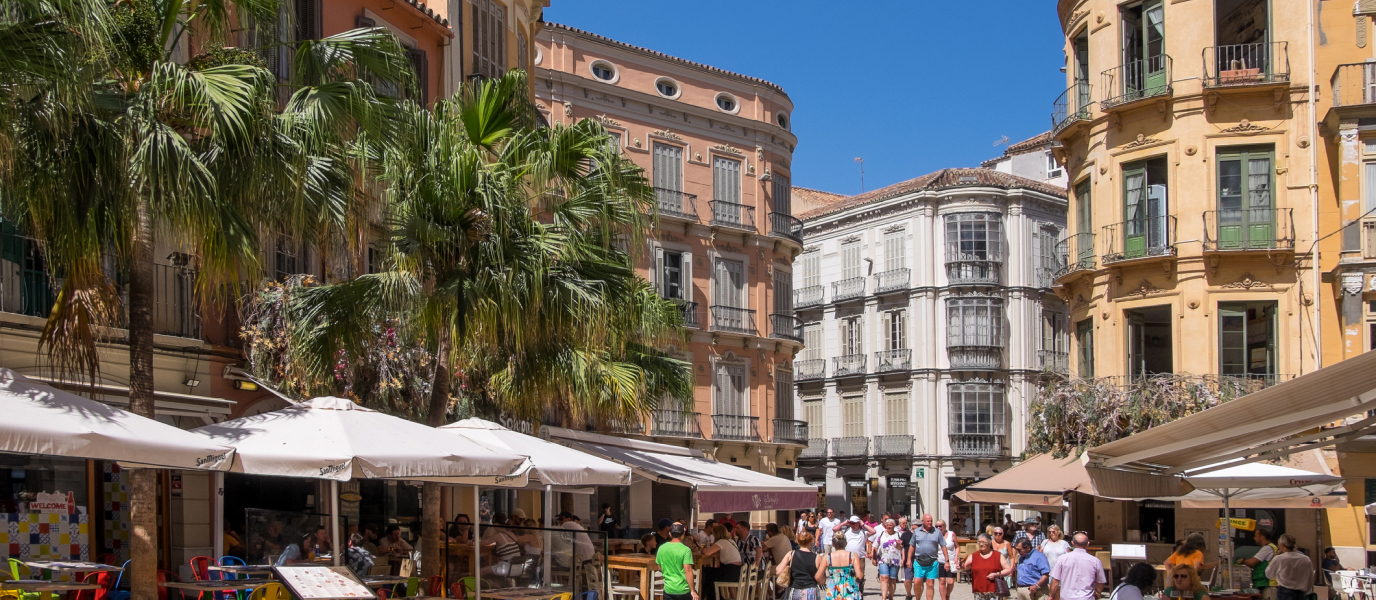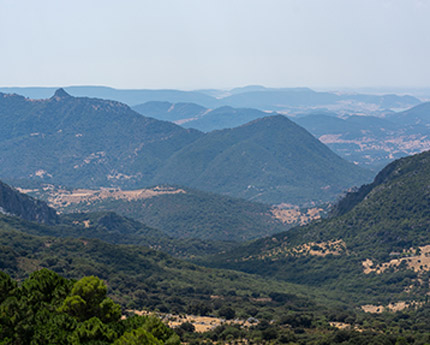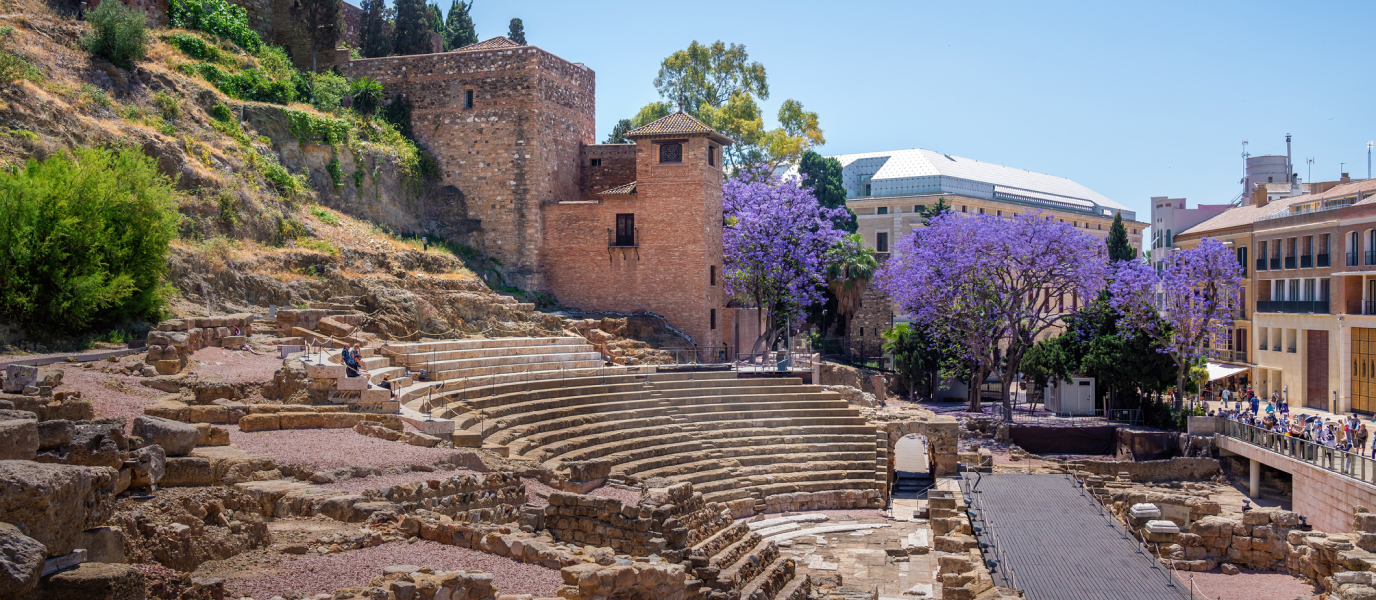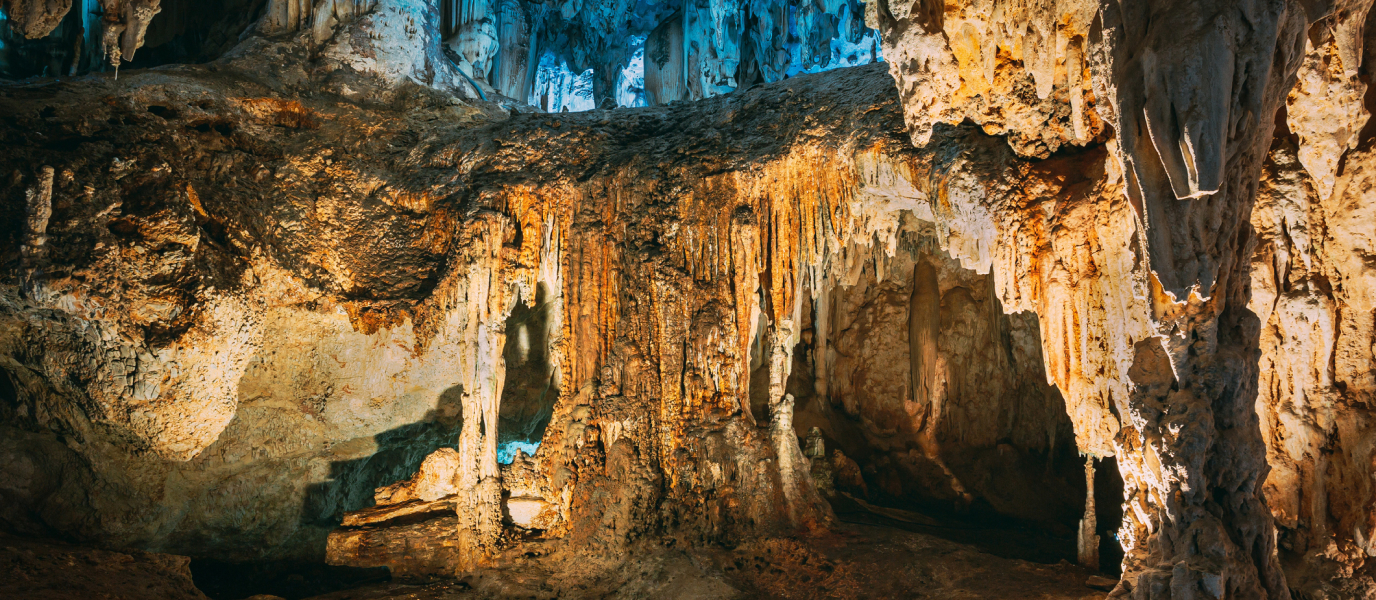The nineteenth-century, oblong-shaped Plaza de la Merced, lined with houses and former palaces, receives visitors in the neighbourhood of the same name with an interesting tale of the centuries of history that have come before. Considered one of the main and most popular squares in Málaga, it now often plays host to numerous festivals, markets and events; it is also home to a varied range of bars and restaurants where it’s not amiss to see delicious tapas and sweet wines on their outdoor tables.
Alongside them are spaces of great historical importance, such as the Picasso Foundation, housed within the childhood home of the Málaga-born painter, and the Monument to Torrijos, an imposing stone obelisk erected in 1842 to honour the historic deeds in the name of freedom that led to the execution by firearm of the liberal general and his 48 men on the nearby San Andrés beach one early morning in December.
Little by little, almost without realising, one can gradually discover the secrets that the square, which was remodelled for the last time in 2011, holds beneath its surface. To help you do this are other attractions, such as Teatro Cervantes [Cervantes Theatre], which serves as one of the locations of the Málaga Film Festival; Mercado de la Merced, a very old local market converted into a gourmet food court; and Crópani Palace, a beautiful neo-Classical building dating from 1840. If all this has you wanting to learn more about the square then read on.
History of Plaza de la Merced
Plaza de la Merced, or rather, the site on which it now stands, bore witness back in the day to the founding of Malaka, the first recorded Phoenician colony in the area. Soon after, it was said to be the site of a Roman gymnasium, although there is no archaeological evidence to support this. Nevertheless, the fall of the empire in the year 476 meant that the square was eventually vacated and relegated to being just a simple space outside the city walls.
After the Muslim conquest of the Iberian Peninsula in the eighth century, the square saw the creation of the so-called Puerta de Granada, a horseshoe arch cut into the Nasrid wall that served as an entrance for the kingdom’s travellers. Incidentally, it was through this same gateway that the Catholic Monarchs entered in the middle of August 1487, during the liberation of the city after one of the bloodiest sieges of the Christian Reconquista. From that moment onwards the square began to host a weekly market, from which it took its popular spirit and first name—Plaza del Mercado.
In the early sixteenth century, La Orden de la Merced [the Order of Our Lady of Mercy] built a convent and a church here, which gave the square its definitive name. Paradoxically, neither of the two aforementioned buildings still stands; the convent was converted into a military base following the Mendizábal Disentailment in 1836, and after its demolition the space was used for both the current market and the Cervantes Theatre. The church, meanwhile, was burnt down during the ‘Burning of Convents’ in 1931, the year in which the Second Spanish Republic was proclaimed.
Cultural attractions in Plaza de la Merced
Plaza de la Merced is these days home to a substantial collection of cultural attractions. In addition to the frequent live music shows and theatre performances that take place right on the square are other emblematic places of interest, such as the Museo Casa Natal de Picasso [Picasso Birthplace Museum]. Situated on the northern side of the square, looking on to Calle de la Merced, the former home of the Málaga-born artist is today a museum open to the public. Declared a Historic and Artistic Monument in 1983, said centre is dedicated to the study and dissemination of the life and work of the painter, in addition to exhibiting up to 4,000 paintings by different artists. Just a few metres away, sitting on a bench, a bronze Picasso delights passing tourists.
Teatro Cervantes (Calle Ramos Marín, 3), built in 1870, is one of the oldest performing arts spaces in the city. Set across four storeys, with close to 2,200 seats and interior decoration that transports you back to nineteenth-century Málaga, the theatre offers a programme that is, above all, eclectic: from symphonies and classic dramas to jazz, flamenco and rock concerts, as well as a wide variety of operas and ballets throughout the whole year.
Finally, the square’s other great attraction, which is much more contemporary than the previous ones, is Cine Albéniz (as it happens, it is actually a few metres away from the square, at the foot of Mount Gibralfaro). Its importance is two-fold if we take into account, on the one hand, its focus on art-house films—in original version with subtitles—and, on the other, its connection with other important former cinemas in the area, which in the seventies represented the ‘golden decade’ of cinema in Málaga. These include the Victoria, the Andalucía and the Astoria, three legendary cinemas that at the time were all housed on Plaza de la Merced itself, with enormous painted posters hanging from their façades.
Bars and restaurants
If cultural attractions are of great significance on Plaza de la Merced, culinary attractions are not lagging behind. On the one hand, there are trusty old establishments where time seems to have stood still. Cafetería Calle Bruselas, serving traditional cakes and coffee, the vegetarian restaurant Cañadú, and the rustic Restaurante El Cortijo de Pepe, are especially recommendable if you’re looking for somewhere to eat in the area. They sit alongside more modern spaces such as Café Con Libros: a welcoming and enchanting space where you can savour coffee and fruit juices whilst reading a book.
And if you’re after something a little more compact, at the neighbouring Mercado de la Merced market you can choose between an extensive variety of culinary styles. Tapas stands—both Spanish and international—share the space with more traditional outlets. The fact that it is seen as one of the city’s primary meeting points means that your visit is a safe bet.







































































